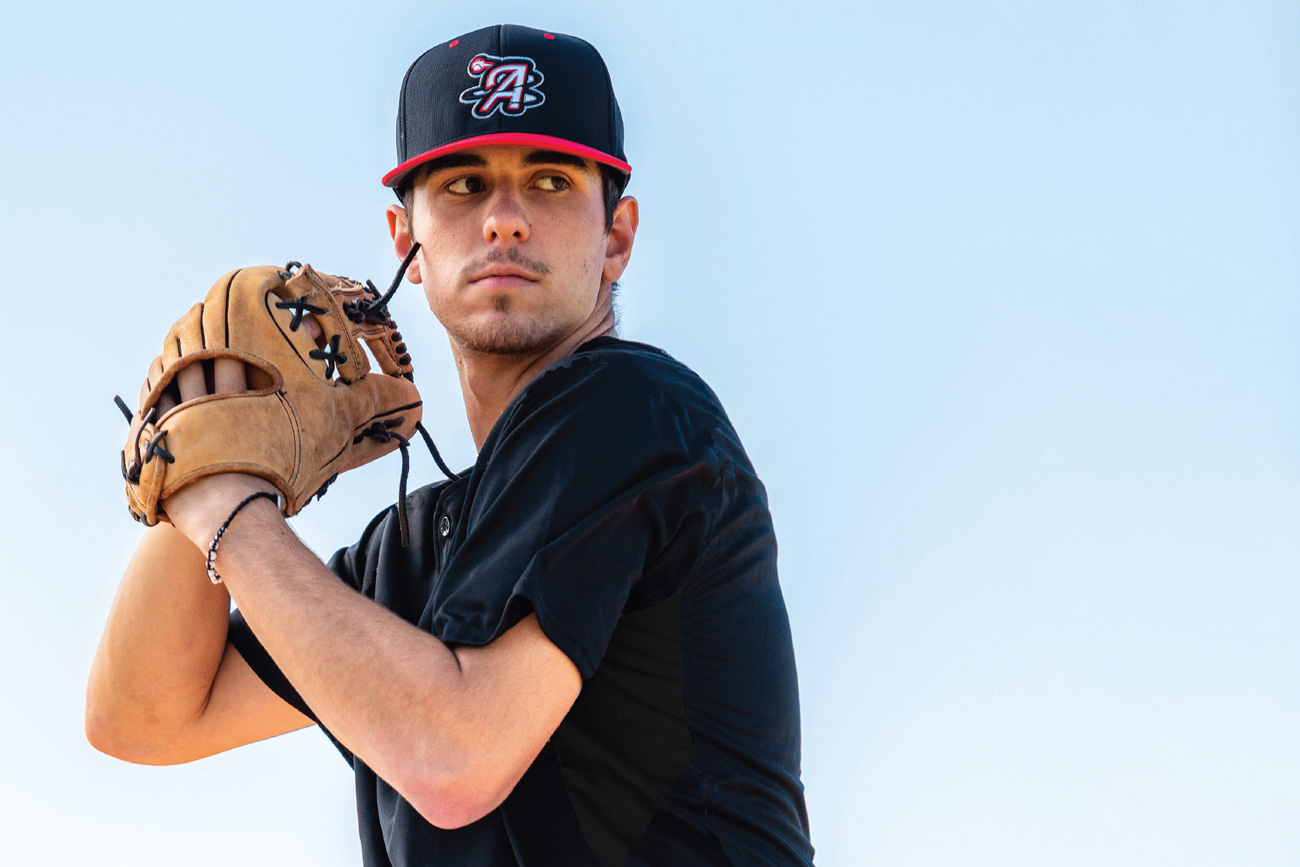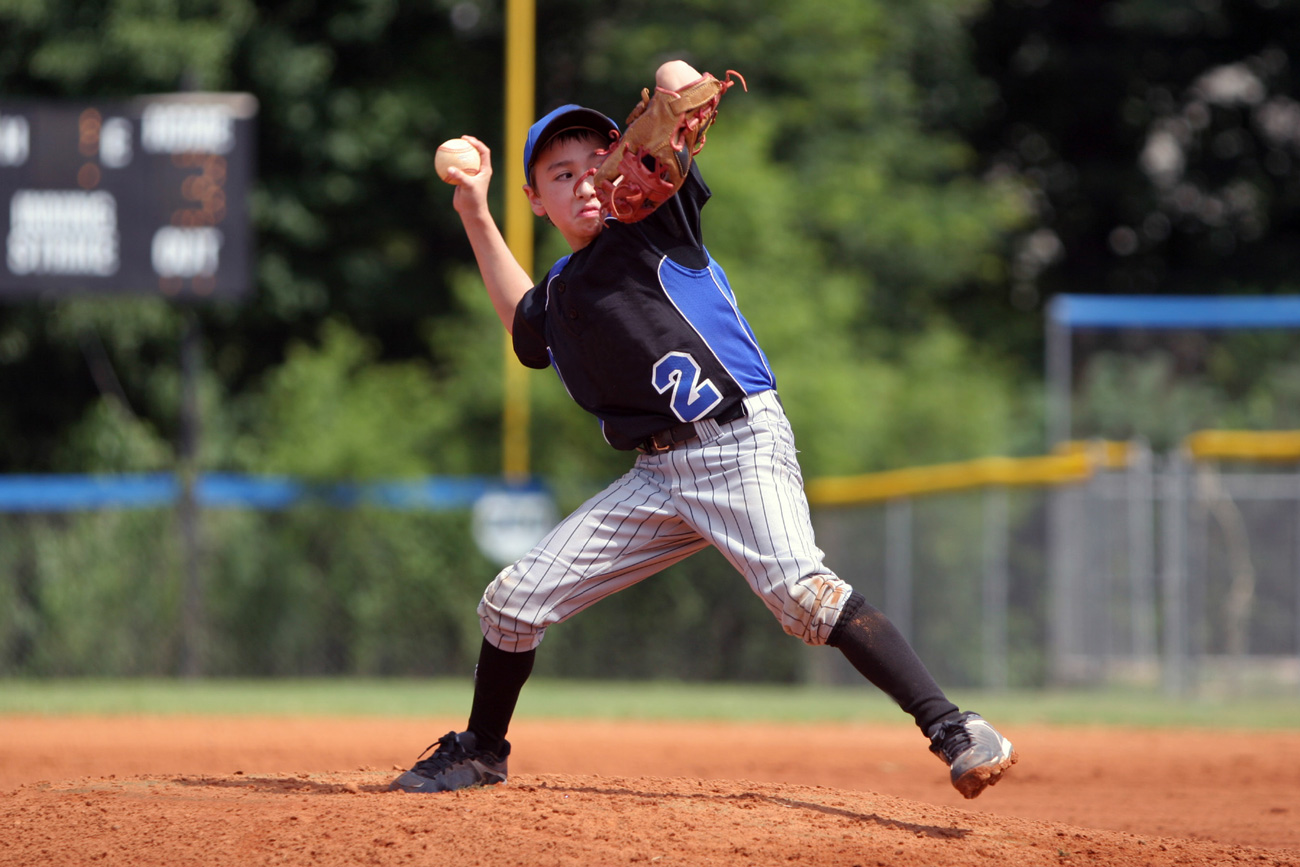Diamond Talk
Baseball remains a game for all ages — and all team dealers around the country.

Extra, Extra….Read All About It! For the first time in the history of Team Insight’s annual state of baseball feature, the Major League Baseball team based in Washington, D.C. is the reigning world champion of professional baseball. Other than that anomaly, it is much of the same for the sport at all levels across America.
One other hot spot in the sport: International interest in the game will continue to expand when baseball – along with fast-pitch softball – is played at the Olympic Games in Japan this summer. It’s great that baseball and fast-pitch are back on the list of medal sports.
But here at home, the diversity of those who play baseball in the U.S. can best be represented by the following two randomly selected baseball players — 13-year-old shortstop Madison Jennings, the only female baseball player in the Palm Beach County (FL) middle school baseball league, and 69-year-old catcher/first baseman Dusty Stauffer of Knoxville, TN, who just finished playing in the annual Roy Hobbs World Series back in November in Fort Myers, FL, for the 23rd straight year. Both Jennings and Stauffer – and the millions of others of all ages who play the game across the country – are the lifeblood of America’s Pastime.
According to research from the Sports & Fitness Industry Association (SFIA), baseball today is the 23rd most popular sport in the U.S. with 15.9 million participants, trailing only basketball in the team sports category, and it continues to hold its own as the 11th fastest rate of growth in participation — at 5.0 percent.
The Real Deal for Dealers
The expansion of the baseball-playing calendar has had a big impact on the baseball sales cycle for team dealers in the U.S. and it’s fair to say that a day never goes by that a team or a coach is not placing some type of baseball order with a team dealer somewhere in America.
Even in New England, where winter is not exactly baseball weather, it produces home run revenue for Holyoke Sporting Goods, Holyoke, MA.
“Baseball is huge for my business,” reports owner Betsy Frey. “I love baseball. It’s my biggest category.”
For Frey, her selling season starts in February for colleges and prep schools. She sells to local youth baseball leagues in March and then to adult wooden bat leagues and American Legion teams all summer. Her baseball inventory includes baseballs, bats, gloves, cleats, batting gloves, helmets, bases (even including home plate) and, of course, uniforms.
“I sell lots of baseballs,” Frey says, and she even does some business in cleats, mostly to younger players. “Once players reach high school, they are too brand-specific and style-specific,” she explains.
The one part of her baseball business that has suffered in recent years has been her bat business.
“Players were buying bats from Amazon and saving the sales tax, but now that’s been changed,” Frey says. “High schools have cut back on the number of team bats they have been buying because buying a bat has become such a personal choice.”
And, of course, when the Boston Red Sox are having a strong season, it boosts baseball sales for Frey. “When the Red Sox are winning, people are thinking, talking, and buying more baseball product from me,” Frey says. So obviously that wasn’t happening much in 2019, but 2020 brings renewed optimism for Red Sox Nation.
Strong in Tennessee
In eastern Tennessee, baseball is an integral part of the business portfolio for Team Sports Outfitters, Bristol, TN.
“Baseball is a strong number two category for us and it’s a sport with the longest season,” reports buyer Keith McCall, who sells lots of caps, baseballs, uniforms and big equipment items such as bases, netting and L screens. It does not, however, aggressively sell baseball bats, fielding gloves and cleats.
“Schools are not buying bats, gloves and cleats,” he says. “Those items are a personal decision for the players.” That said, he does always seem to sell a few A2000 gloves from Wilson.
For McCall, the bread-and-butter sale is to travel teams, which are playing baseball and buying baseball year-round.
“The travel season seems to last forever,” he says. “They are playing in the spring, summer and fall and they reboot and reorder in November, December and January.”
Baseball is also the number one selling sport for Al’s Sporting Goods, Wilmington, DE, says owner Bob Hart. “It starts with T-Ball and goes all the way to semi-pro teams,” with the youth baseball business leading the way. “We sell to 19 different Little Leagues,” he says.
When it comes to selling gloves, the A2000 from Wilson is a very popular model with baseball players in Delaware.
One of Hart’s best strategic decisions in baseball has been to create online stores. “We are selling more fan gear to high school teams and travel teams with our online stores,” he says, with Little League teams increasingly turning to online purchasing as well.
The Academy Angle
In the Midwest, the baseball business is strong, but different than it was years ago, according to industry veteran Randy Nill, owner of Nill Brothers Sports, Kansas City, KS.
“The entire baseball and softball business has changed and we are now selling to academies,” Nill reports. “It is paramount that we sell to academies, which represent anywhere from 12 to 36 to 48 teams. We are no longer selling to individual teams. We are selling more in bulk.”
“Baseball is huge for my business. I love baseball. It’s my biggest category.” — Betsy Frey, Holyoke Sporting Goods
According to Nill, there is money to be made, but the pursuit of the business is not the same as it was years ago, with online stores making the difference between a good year and a great one.
“Our online baseball sales are strong,” he says. “It’s a matter of getting the orders and then filling them.”
In southern Indiana, the baseball business for Kratz Sporting Goods, Clarksville, IN, was exceptional in 2019 and more of the same is expected for this season.
“The overall baseball and softball category is probably our second largest sport,” says VP Allen Krebs. (Since they are in Indiana, basketball is obviously its largest category.)
For Kratz Sporting Goods, it all starts with young T-Ball players who need shirts, T-Ball bats and small fielding gloves. That’s good, because while the high school business is significant, teams are not buying as much as they did a few years ago.
“Cuts in school athletic budgets have hurt spending,” Krebs explains. “Many high school teams rely on gate ticket sales, so when attendance is down, their ability to purchase goes down.” Still, most teams continue to buy balls, the occasional set of bases and a new set of uniforms every other year.”
Travel teams make up the difference at Kratz, and that business continues to grow. “Some of our travel team clubs will have as many as 16-25 teams,” Krebs says. “That certainly helps our bottom line.”
The variety of inventory and price points for cleats, gloves and bats on the Internet has greatly curtailed the ability of Krebs and his sales force to sell them to teams, although Kratz does have a stand-alone store for individual purchases.
“We do have some baseball parents, coaches and players who would rather shop local, which we appreciate,” he adds.
Schools Big In Texas
Meanwhile, in Fort Worth, TX, the local school business is a big part of the baseball portfolio for Carey’s Sporting Goods, according to owner Dan Carey. He doesn’t sell to local recreational leagues because the ordering process starts so late and makes an on-time delivery quite difficult, if not impossible. Carey does have a few travel baseball teams as clients, but even that can be difficult because they are not experienced buyers and they don’t know sizing.
“We stay focused on the schools,” says Carey. “We do what we do best and have been for 42 years.”
Selling to schools is all about relationships. “We get to know the coaches at the schools and that helps our sales process,” Carey explains. “Schools understand the importance of buying stock uniforms, so fill-ins can take place quickly. When travel teams order uniforms, they never order extras. And, if the uniform is customized, then it can take two to six weeks to order another one if a new player joins the team.”
When schools are buying baseball from Carey, he will supply whatever it needs. “There’s nothing that we can’t deliver to a school baseball team,” he says. “We sell baseballs, bats, fielders’ gloves, uniforms, batting helmets, cleats and anything they need.”
Year-Round Play In Hawaii
In Hawaii, baseball is the biggest sport for Sports Line, Hilo, HI, because naturally it is played year-round, according to owner Stanley Costales, Jr.
“From a volume standpoint, baseball players have to buy and use the most pieces of equipment. And, from a display standpoint, baseball has the most items to showcase and it all sells.”
“We sell baseballs, bats, fielders’ gloves, uniforms, batting helmets, cleats and anything they need.” — Dan Carey, Carey’s Sporting Goods
As a retailer, the two major selling seasons for baseball for Sports Line are from January through March and September through November. And if local baseball customers are not buying directly from his retail store, they are making online purchases. Costales has noticed that older ball players tend to buy online, while younger players are walking into the store with their parents to buy what they need.
“Once kids turn 11 or 12, they tend to start buying their baseball bats, cleats and gloves online,” he notes. “The older they get, the more specific they are when it comes to buying something and the more persistent they tend to be with their parents. They know what they want and need to play baseball.”
Costales points out that Hawaiian baseball fans remain fiercely proud of the Hawaiian Little League team that won the Little World Series Championship in 2018 in Williamsport, PA, and that keeps the sport strong in the Islands.
“That team represented the true aloha spirit,” he recalls. “For people in Hawaii, it confirmed that we have talented teams and we can compete.”
Interestingly, the biggest issue with travel ball in Hawaii is that it usually means teams must jump on an airplane for a trip to another island. “Travel teams only make one or two trips a year to another island,” Costales explains. “They stay for a week and then come home. It can get rather expensive.”

By The Numbers
The High School Game
There were 16,170 high schools with 482,740 male players that fielded a baseball team during the 2018-19 school year, according to the National Federation of State High School Associations (NFHS), making it the third most popular boys’ high school sports program — a slight increase from the 15,979 schools a year earlier.
The top 10 states for high school baseball participation are Texas, California, Ohio, Illinois , Pennsylvania, Florida, New York, Michigan, New Jersey and Missouri.
“I’m really excited about the sport of high school baseball as we enter 2020,” says Elliot Hopkins, the NFHS Baseball Rules Committee liaison. “This sport is uber mature. We have great equipment and talented players being coached by qualified coaches. And the games are being officiated by highly qualified umpires.
“Players get to represent their school and community in beautiful creative uniforms and use player-friendly equipment. High school baseball is in great shape — as good as it’s ever been.”
In 2020, two rules changes that impact high school baseball equipment will go into effect. All baseballs used in high school games and all chest protectors worn must have passed the NOCSAE standard and be so marked.
Revenue in the U.S.
According to the Sports & Fitness Industry Association’s (SFIA) most recent Manufacturers Sales by Category Report, sales of baseball and softball equipment (baseballs, softballs, bats, gloves/mitts, batting gloves, helmets, protective gear and accessories) are strong and solid.
• In 2018, wholesale sales of baseball and softball equipment were $577.3 million, up by 7.7 percent from $536.1 million in baseball/softball equipment sales in 2017.
• From 2014-2018, combined wholesale sales of baseball and softball equipment grew from $503.9 million in 2014 to $577.3 million in 2018 — a 14.6 percent increase.
• For the second year in a row, the combined baseball/softball category remains the number one team sports equipment category, displacing football ($544.3 million).
• For uniforms, 2018 wholesale sales were $404.6 million, up five percent from $385.3 million in 2017. The baseball uniform category continues to rank first in team sports uniform sales at wholesale.
• The baseball footwear category is stable, with wholesale sales of baseball cleats at $281.5 million in 2018, down less than one percent from 2017. Baseball cleat sales rank third in the team sports footwear category, behind basketball and soccer.
The Collegiate Scene
The world of college baseball is in a very similar place as high school baseball, according to Ben Brownlee, NCAA’s assistant director, championship and alliances. “But we do continue to face challenges regarding pace-of-play pressures from outside entities, as well as the use of technology and an equitable way to enforce permissive use of technology during play,” he admits.
Brownlee reports that the NCAA is pleased with the BBCOR bat standard that was introduced a few years ago.
“The standard is doing what we intended and manufacturers are making bats that perform well,” he says. “The field testing being done at the college level will be an additional level of review of bats to ensure safety and compliance throughout the year.”
The significant rule change involving chest protectors in college baseball won’t take effect until next year. That requirement is effective January 1, 2021.” The NCAA is also not following the NOCSAE standard requirement for baseballs this season.






